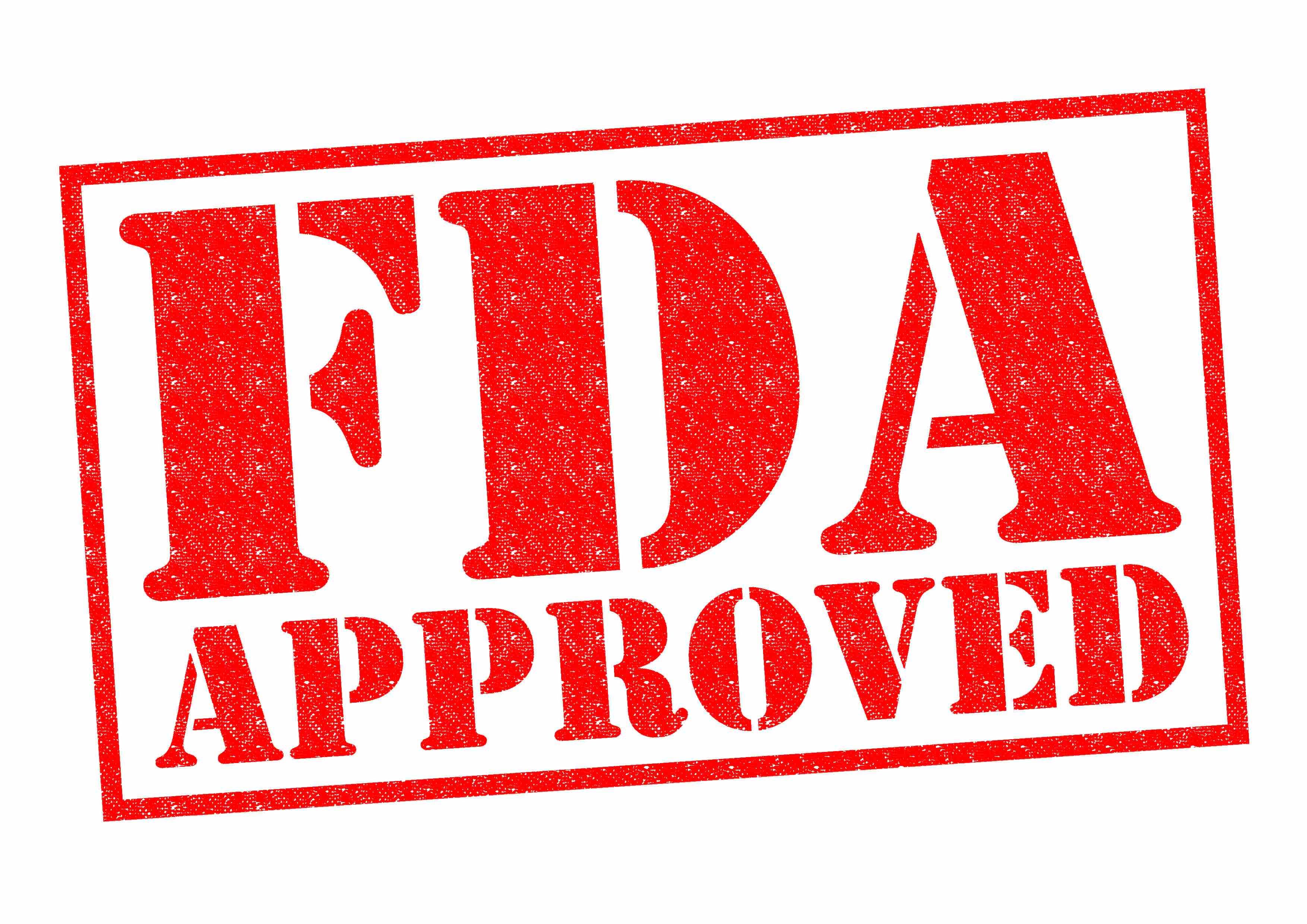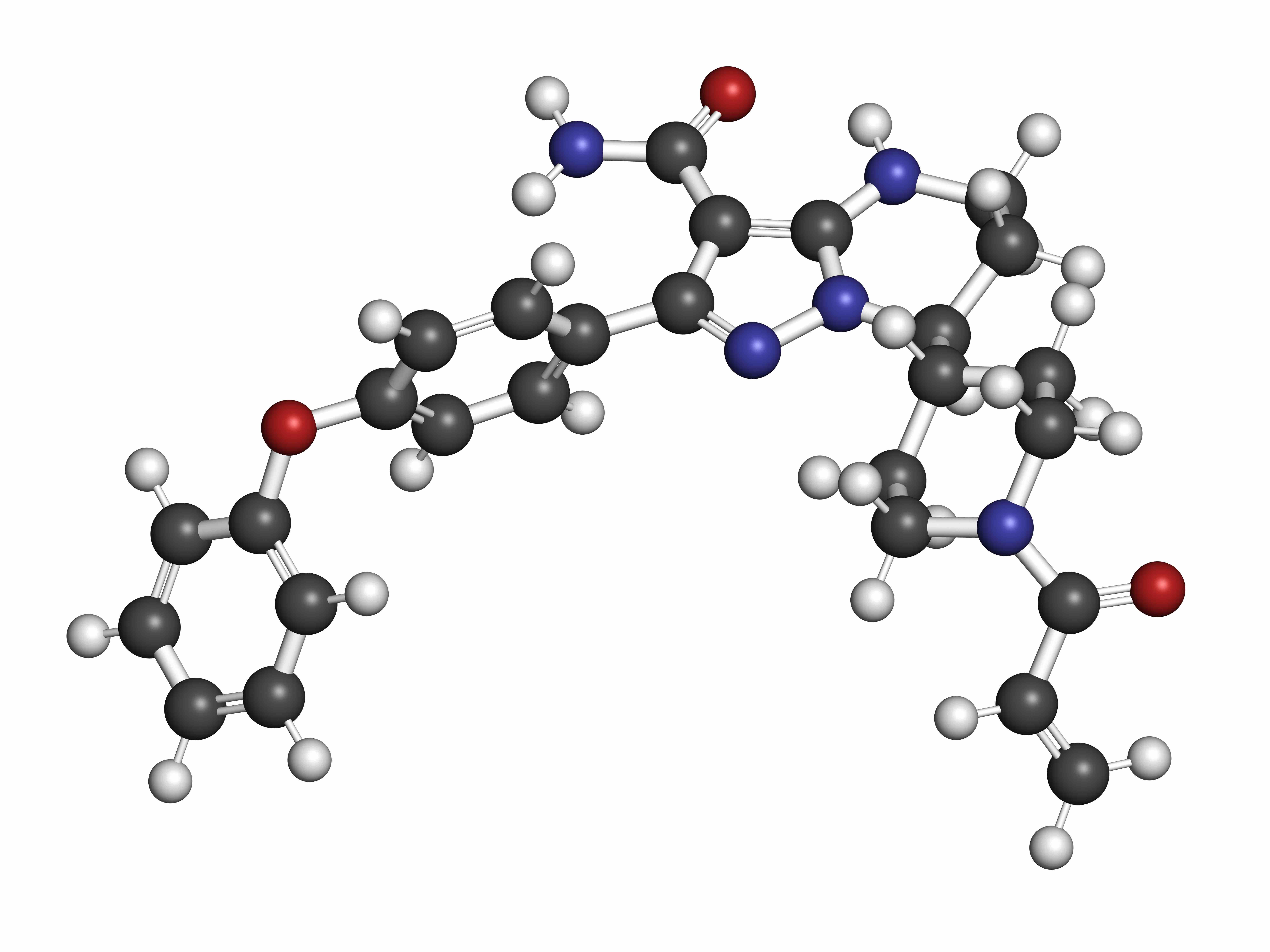Article
Meta-Analysis: Living Near Petrochemical Facilities Raises Risk of Leukemia
Author(s):
The risk of leukemia is higher for people living near petroleum industry complexes, according to a new analysis of 13 studies of the issue.
A new meta-analysis suggests there may be a connection between living near large petroleum industry complexes (PICs) and leukemia incidence and mortality.
The paper argues policymakers should consider the effects of human health when regulating the petroleum industry. The findings were published in the journal Environment International.
The new report is not the first to link petrochemicals and cancer. Earlier research in the United States and elsewhere has suggested a connection; however, co-authors Ro-Ting Lin, PhD, and Hathaichon Boonhat, PhD, both of the College of Public Health at China Medical University, in Taiwan, reported that other studies have found no such link.
The case for causation hinges largely on the presence of benzene, a known carcinogen, which is produced during the refinement process.
Lin and Boonhat decided to approach the issue by developing a framework which they called the PECO framework. PECO stands for population, exposure, comparator, and outcomes. They applied that framework to existing literature.
“Through a systematic review and meta-analysis, this study therefore aimed to address the effects of PIC exposure on both leukemia incidence and mortality and to estimate the pooled effects in distance-based and area- based studies, respectively,” they wrote.
Their search found 13 epidemiological studies covering a total population of more than 125,000 people from Europe, the United Kingdom, the United States, and Taiwan.
They found that living near a PIC led to a higher risk of leukemia (relative risk [RR] of 1.18; 95% confidence interval [CI]) and mortality (RR = 1.26; 95% CI).
In the subgroup of papers that included distance-based information, the RR of leukemia incidence was 1.11% and in the subgroup of studies with longer follow-up periods, the relative risk of leukemia incidence was 1.24% (both 95% CI).
Taken together, the authors concluded that there is “low-certainty” evidence of increased incidence, and moderate-certainty evidence of increased leukemia mortality among people living near PICs.
Though the authors said the data in their meta-analysis was heterogenous, they said those differences might be explainable by differences in study protocols. For instance, some studies used distance-based exposure indicators, while others used area-based indicators.
Other potential reasons for variance include the inclusion or non-inclusion of socioeconomic factors in analyses. Lack of adequate healthcare and/or health insurance can affect patient outcomes; however, most studies did not adjust for socioeconomic factors, and those that did used different methods of factoring it in.
As far as variance in type of leukemia, the investigators said their meta-analysis showed chronic lymphocytic leukemia (CLL) was the most common type of leukemia among those living near PICs, although at least one study included in the analysis suggested the risk of acute myeloid leukemia (AML) was higher. However, the authors noted that acute leukemia is more common in children, while chronic leukemia is generally associated with adults.
The authors noted that differences in methodology are a limitation of their meta-analysis, and they said the findings in these studies are specific to the locations studied, and thus not necessarily generalizable to other countries.
Still, Lin and Boonhat said their analysis suggests a meaningful increase in risk based on proximity to PICs. Public health officials should take note, they said.
“The global petrochemicals sector is growing, and our paper can inform policy suggestions regarding disease prevention and pollution control measures to regulate the development of PICs,” they concluded.
Reference
Boonhat H, Lin RT. Association between leukemia incidence and mortality and residential petrochemical exposure: A systematic review and meta-analysis. Environ Int. 2020;145:106090. doi:10.1016/j.envint.2020.106090




